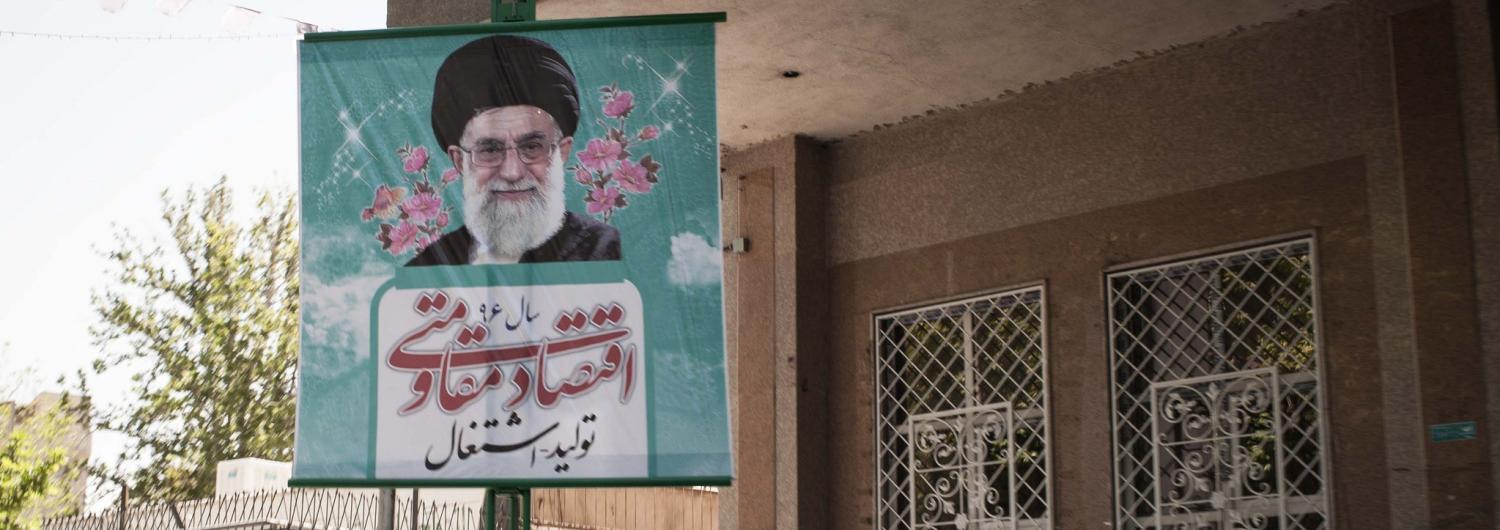It is often difficult to make sense of Iranian electoral results.
On the one hand, presidential elections feature such a narrow range of choice (the 1600-plus would-be candidates for this year's contest were whittled down by the Council of Guardians to just six, of whom two withdrew before election day), that it is difficult to draw too many conclusions from the result. One should also be wary of using the result to forecast Iranian policy direction given the circumscribed powers of the president himself.
But it is also rare amongst Gulf States that one is able to get an indication (however circumscribed) of popular political sentiment. An Iranian election is mostly about the economy (given this is within the president's purview) and the general domestic and international tone set by the Islamic Republic, which the president can also effect, although not control. It also gives the population the opportunity to express their view of the relative attractiveness of the moderate and conservative wings of the Republic. Both the Supreme Leader and the revolutionary leadership take note of the results as they provide a rare glimpse of what the people think.
Using this measure it was a good outcome for Hassan Rouhani and the so-called moderates. Voter turnout was less than in previous elections but still high, and Rouhani not only avoided a second round of voting, he increased his share of the vote from a smidge over 50% in 2013 to over 57%; an important affirmation of his popular support. And, at least as importantly, moderates also fared well in local government elections held the same day. The Tehran local council fell to the moderates for the first time in 14 years with a clean sweep for their electoral ticket. This likely spells the end for the current conservative mayor (and withdrawn presidential candidate) Muhammad Ghalibaf. Moderates also made strong gains in other local elections in the big urban centres.
The result is certainly proof that the Iranian electorate favours Rouhani's move towards greater engagement with the international community, rather than Ibrahim Raisi's (his conservative opponent) entreaties towards greater insularity. And with the passing of the current Supreme Leader a distinct possibility during this term of the presidency, such a strong showing by the moderates will have been noted by the Assembly of Experts (who will choose the next Supreme Leader) and those conservatives who wield power outside the formal political structures.
The future for two of the failed candidates may also have been shaped by this election. Vice-president Ishaq Jahangiri withdrew prior to the ballot (as expected) but his support of Rouhani, and increased profile as a consequence, may well see him as the preferred moderate candidate in 2021 - particularly if Rouhani remains popular and is able to endorse him. Ibrahim Raisi, the failed conservative candidate, did not fare so well. The popular perception was that the highly credentialed conservative jurist's candidacy was a profile-raising exercise, just as his custodianship of the multi-billion dollar Astan Quds Razavi Foundation in the shrine city of Mashhad was part of an image-making operation. And while Raisi may still be a candidate for another presidential run in 2021 (or even for Supreme Leader in the event that becomes vacant), scoring less than 40% of the vote in essentially a two-horse race is likely to have damaged his profile rather than enhanced it.
But Iranian politics is nothing if not opaque, so predictions about the future of political figures in the Islamic Republic - other than the fact that Rouhani has gained another four years - are fraught with danger.

